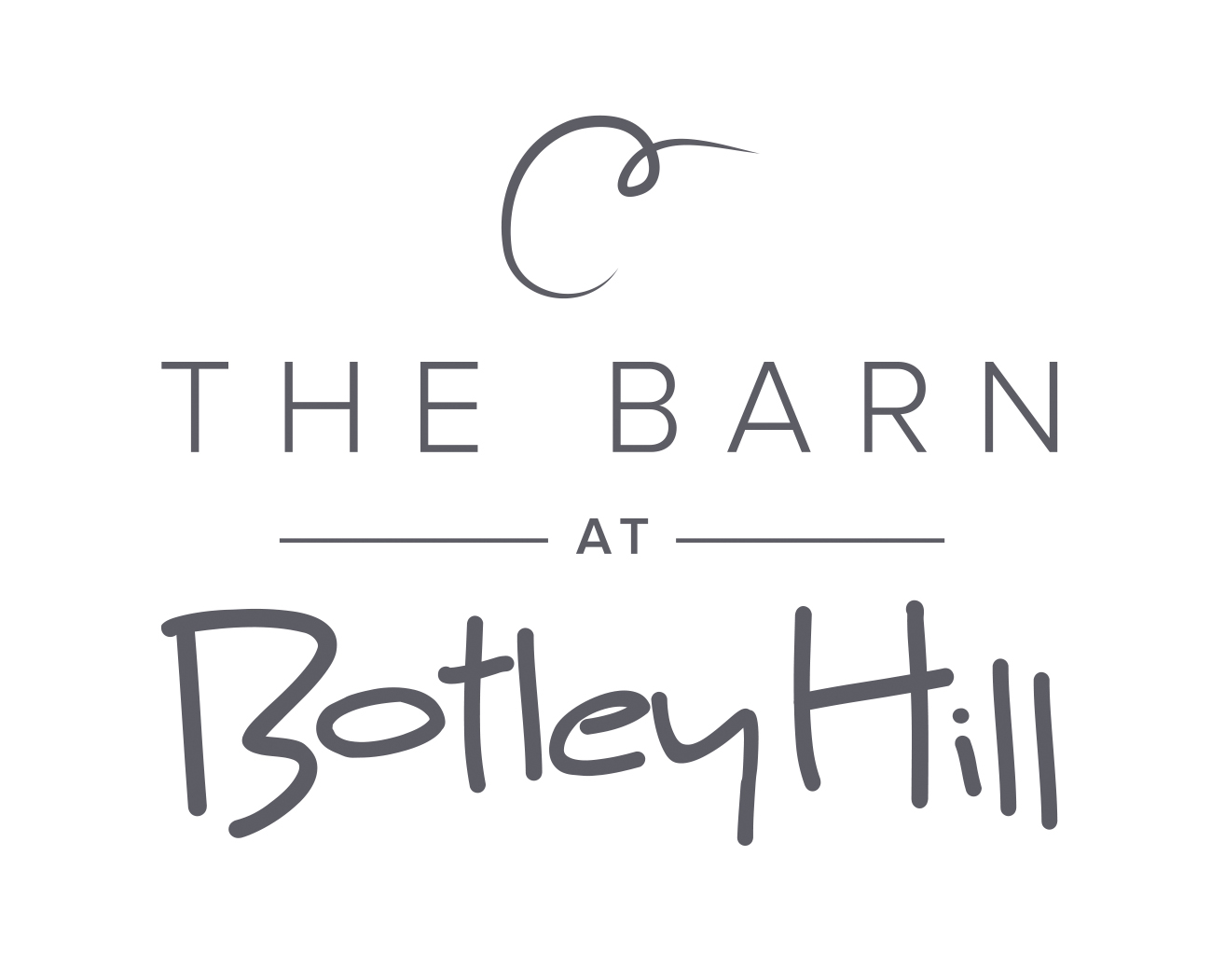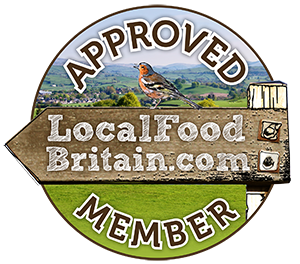
Notes from the board: our cheese and wine event
Oct 12, 2015

Candles twinkled, the guests took their seats and platters of cheese were handed round as host William Cohen prepared to introduce our very first food tasting evening at Botley Hill Farmhouse. The occasion on 30th September was a Cheese and Wine Pairing and William – whose extensive knowledge of all things cheese has earned him the title Master of Cheese – was here to impart lots of interesting facts about four of our favourite local specialities.
Before nibbling officially began, however, William explained the importance of eating cheeses at the peak of their seasonality and gave us the lowdown on that vital ingredient, rennet. Traditionally derived from the stomach of ruminant mammals (depending on the milk used for the cheese, this could be calves, goats or lambs), rennet is a complex of enzymes which separates milk into solid curds - vital for cheesemaking - and liquid whey. William explained that most British cheeses are now produced with a vegetarian version of rennet and, indeed, that all the evening’s tasting cheeses were vegetarian-friendly.
It was interesting to note that the cheese wholesaler which William works for is now selling more British cheese than French. Some of the audience expressed surprise at that but when you consider there are more than 700 cheese varieties produced in Britain – more than in France – and that many of them successfully beat off stiff competition at the World Cheese Awards, it doesn’t seem such a surprise after all.
William also explained that we had a choice of accompaniments to complement our cheese selection, including charcoal and beetroot crackers, freshly baked Chalk Hills Bakery bread and richly enticing baked fig balls.
And so the tasting began with the majestically named Lord London, developed by the skilful cheesemakers Arthur Alsop and Nick Walker at Mayfield in Sussex. This award-winning bell-shaped cows' milk cheese is semi-soft and has a deliciously clean citrus taste, alluring natural creaminess and edible skin (William encouraged us to eat all the cheeses’ rinds). Our Lord London was perfectly suited to the crisp Prosecco which partnered it.
From the graceful flavours of Lord London we moved onto Golden Cross, a goats’ milk cheese made by Kevin & Alison Blunt at Greenacres Farm in Holmes Hill, East Sussex. William rightly pointed out that this versatile cheese (“amazing with beetroot or a little bit of pesto on a pizza”) is not at all smelly – a trait with which goats’ milk cheese tends to be associated and which some people find off-putting. Although our cheese had been sliced, Golden Cross comes in a log-shape and is lightly charcoaled prior to maturation to allow a velvety white penicillium mould to develop on the surface. Teamed with beetroot crackers and a rather splendid Sancerre, we decided Golden Cross was indeed a worthy winner of both a Super Gold and a Gold award in the 2014 World Cheese Awards; it also took the title Best British Soft White Cheese and another Gold award in the 2014 Royal Bath and West Show British Cheese Awards.
Next we crossed the border from Sussex to Kent to sample a blue cheese from Staplehurst, Kentish Blue, which is produced by Kingcott Cheese. Steve and Karen Reynolds produce fine handmade cheeses on their dairy farm, using only milk from their own herd of pedigree Holstein Friesian cows. We discovered that Kentish Blue is a young cheese with a firm, moist texture which develops its blue veins after being pierced by hand using copper wires (a cheesemaking process which is dying out in these days of mechanisation). Made with raw milk, it has a smooth flavour and unique aftertaste and at our tasting was paired with Viyulla Crianza, a Spanish red wine which was light enough to complement, rather than overwhelm, the flavours of the cheese. We were told that a sweet wine would also be a good match.
When it comes to blue cheese, explained William, it doesn’t have to be strong, and he made this point by placing Kentish Blue before a cheddar-type cheese on our tasting platters. He also revealed that the best way to get our Christmas Stilton looking traditionally blue is to take it out of the fridge to allow it to oxidise. In any case, said William, cheese should be taken out of the fridge two to three hours before eating and kept on a marble slab covered with a damp cloth, as this provides consistency of temperature.
Our final cheese of the evening was award-winning Winterdale Shaw, a cheddar-type made at Wrotham, just outside Sevenoaks. This flavoursome hard cheese is made with milk from the Betts' family farm which is transferred to a traditional cheese vat within around 20 minutes of milking, meaning it is still at the cow’s body temperature and retains its full characteristics. The cheese is made the same day and transferred to moulds and pressed for three days before each is individually wrapped in cotton muslin (allowing it to breath) and stored in the farm’s own cave deep in the cool North Downs where it stays for 10 months. Teamed with a robust Merlot, Winterdale Shaw made an excellent finale to our first cheese tasting evening.
All the cheeses tasted are on the Botley Hill Farmhouse cheese selection, so do try some next time you visit and tell us what you think.
Meanwhile our next event is a Sausage and Beer evening on Wednesday 21st October.
Add Pingback
Please add a comment
Category List
Tag List
special offer (1)
dessert (1)
wine (1)
Biggin Hill (1)
healthy (1)
Botley Hill Farmhouse (4)
beer (3)
World War II (1)
Tatsfield Art Society (1)
The Sheep Shed (1)
local (2)
cherries (1)
drinks (2)
history (4)
Harry S Newton (1)
Surrey Life (1)
tea room (2)
Winston Churchill (2)
New Year (1)
cheesecake (1)
recipe (1)
menu (2)
awards (1)
TripAdvisor (1)
Beef (1)
Shake Up Your Wake Up (1)
food (3)
lamb (1)
countryside (1)
shepherd huts, winter, mini-break, holidays, travel, Surrey, Kent (1)
Breakfast Week (1)
RAF (1)
Chartwell (2)
views (2)
weddings (3)
cycling (1)
Kenley Airfield (2)
events (2)
art (1)
breakfast (1)
Titsey Estate (3)
charity (1)
Battle of Britain (1)
Spanish wine (1)
Certificate of Excellence (1)



